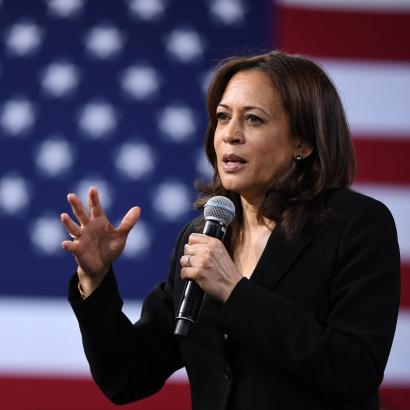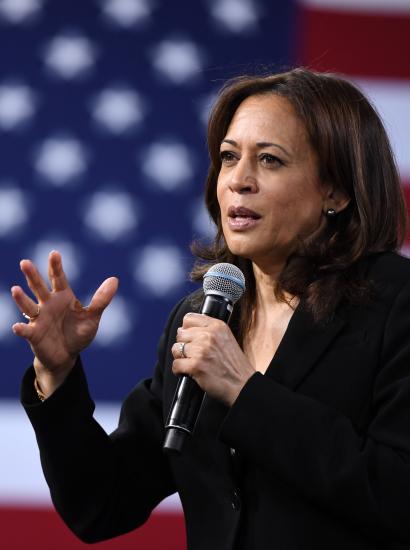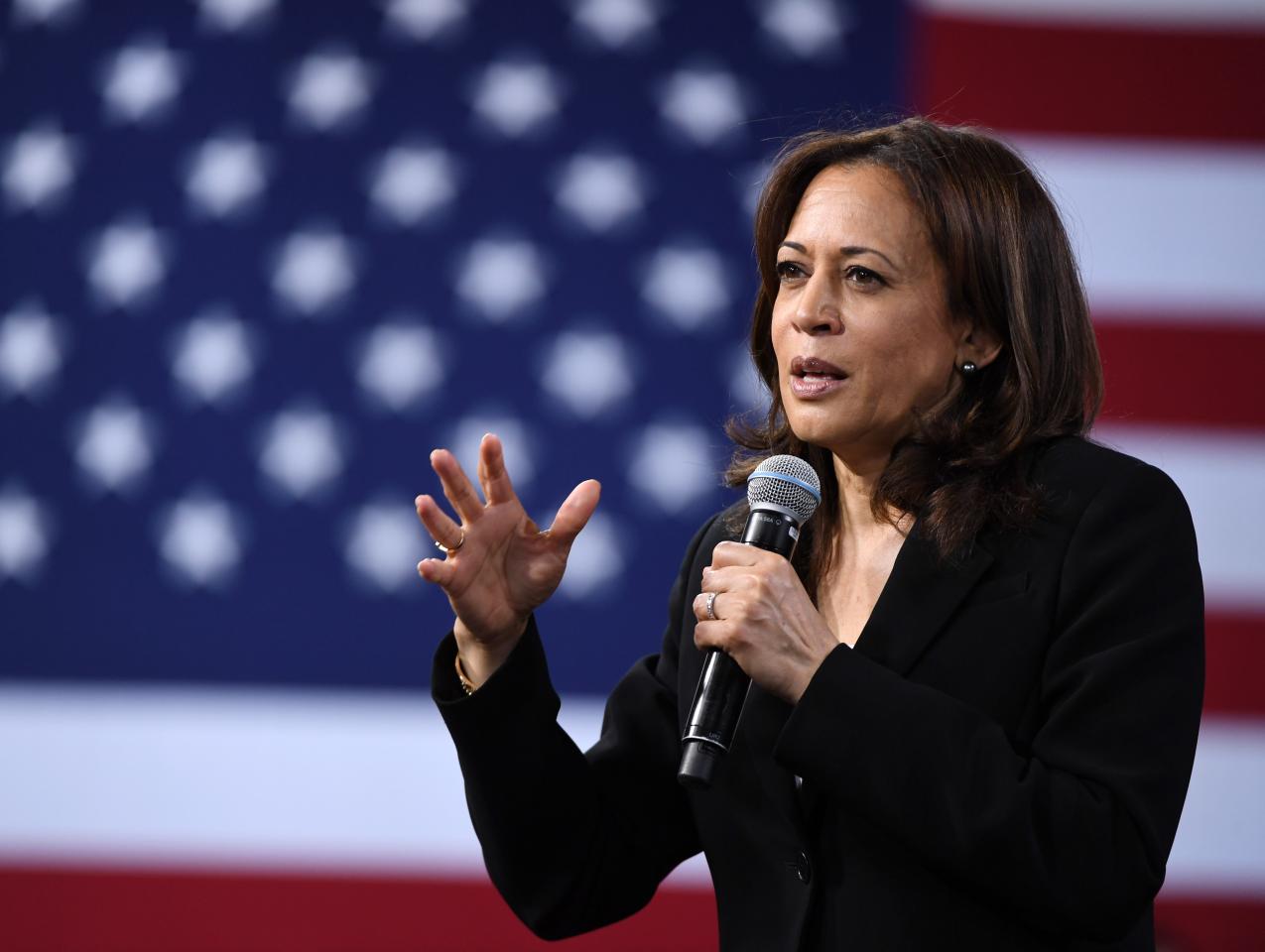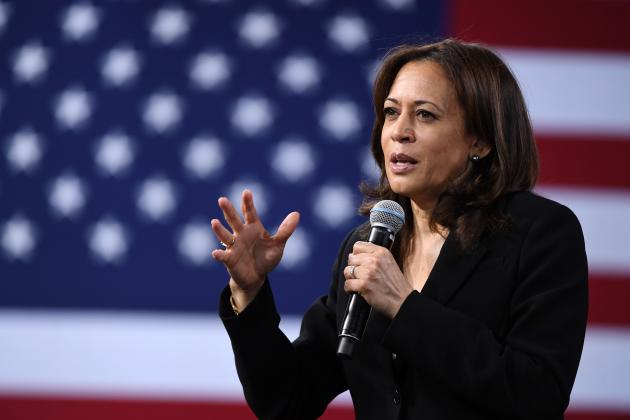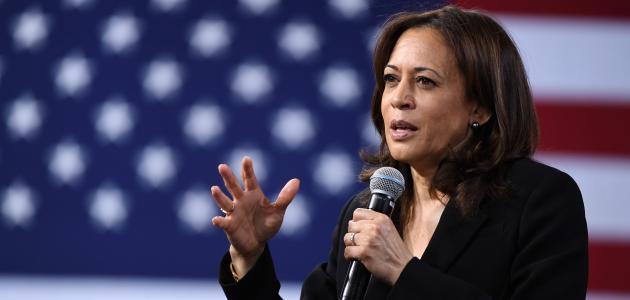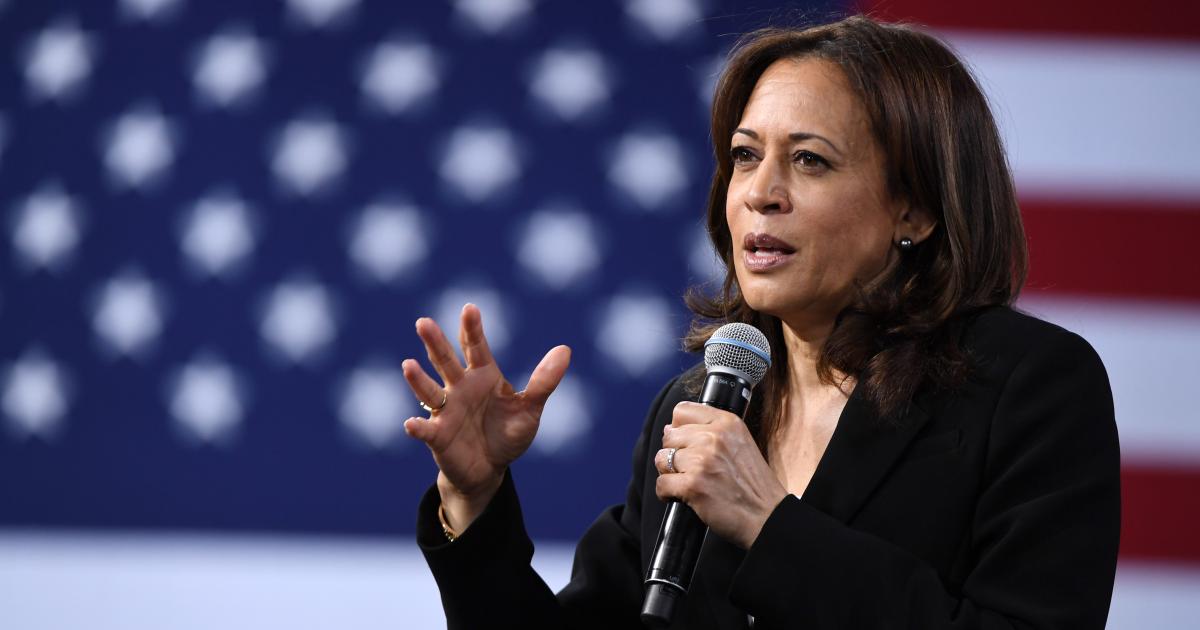Illegal migration is perhaps the biggest political vulnerability facing Kamala Harris’s presidential campaign. Under the Biden-Harris administration, there were about 8 million migrant encounters in the three-year period from 2021 through 2023. This is an annual rate about 3.5 times higher than that under the Trump-Pence administration between 2017 and 2020.
A Gallup poll earlier this year showed that respondents view immigration as the most important problem facing the United States, far ahead of concerns about the government, inflation, crime, and homelessness. Given voter concerns and the large increase in border encounters, it is unsurprising that Harris is trying to distance herself from the border crisis. This has been challenging for her, because in March 2021, Biden gave a speech introducing Harris in a new role to lead US efforts with Latin American countries to stem the surge of migrants to the United States.
Last week, the Harris campaign issued a list of talking points to downplay Harris’s border responsibilities. These talking points have focused on denying that Harris was the “border czar,” a term some in the media used to describe her border role. Her campaign has instead argued that her role in dealing with border issues was limited to identifying the root causes of migration.
Those who have repeated these talking points include White House press secretary Karine Jeanne-Pierre, House minority leader Hakeem Jeffries, and Massachusetts representative Jim McGovern.
But it is not just Democratic party leaders stating these talking points. It has also been the press. Many media sources reported last week that Harris was never the “border czar.” This is odd, because some of those same media sources, including NBC, the Associated Press, Politico, the Washington Post, and the New York Times largely stated otherwise in 2021. Politico reported that Biden made Harris the “point person on immigration issues” amid the border surge; NBC reported, “Biden tasks Harris with ‘stemming the migration’ on southern border”; and the Associated Press stated, “Biden taps VP Harris to lead response to border challenges.”
The Harris campaign’s focus on pushing back on the “border czar” moniker is a red herring. Biden never called Harris his “border czar,” but he did give her substantial responsibilities to reduce the flow of migrants. Biden described her border role as follows: “to lead our efforts with Mexico and the Northern Triangle and the countries that . . . are going to need help in stemming the movement of so many folks, stemming the migration to our southern border. . . . [She has] agreed to lead our diplomatic effort and work with those nations to accept . . . the returnees, and enhance migration enforcement at their borders.”
In July 2021, four months after she was tasked by Biden to deal with border issues, she produced a brief report on the root causes of migration and what the United States would be doing in response. The report cited corruption as the chief factor behind migration, followed by violence, trafficking, and poverty. The report contains no data, statistics, or references to support its conclusions. There appear to be no additional studies by Harris since the 2021 report. A one-page update produced earlier this year reports that the US spent over $4 billion in Central America to reduce migration.
Harris’s 2021 border report may have reached a different conclusion if it had analyzed survey evidence from those who have migrated to the US. Surveys show the dominant reason for coming to the US is economic opportunity. Reasons for migration that are popular within the Democratic Party to cite, such as sexual violence, gender issues, and climate change, are rarely, if ever, mentioned in surveys. This is not to say these factors play no role. Rather, there is little firm evidence to support the quantitative importance of these factors, while there is considerable evidence to support the importance of US economic opportunity as a motive for migration.
It is not surprising that economic opportunity is the primary reason for migration, because the economic gains that are achieved upon migration to the US are substantial. Migrant wages rise between 100 and 200 percent upon arriving in the US and grow quickly after that, ultimately rising roughly to the level of US workers in the same demographic group who are born in the United States.
Given the importance of economic opportunity as an attractor to the US, there is little reason to expect the Biden-Harris strategies of dealing with migration—an anticorruption task force, combating sexual and gender violence, addressing inequality and extortion, promoting respect for human rights and property rights—while laudable, to reduce migration.
Moreover, both Harris and Biden supported policies that incentivized migration. Harris supported decriminalizing illegal entry to the US during her brief 2020 presidential campaign and supported offering healthcare to those who entered illegally. Biden encouraged asylum seekers to “surge the border” in his 2020 campaign.
Border encounters have dropped recently, reflecting a substantial increase in border enforcement in Mexico following visits late last year by Biden and Secretary of State Anthony Blinken.
It appears that Harris was not involved in any of these meetings with Mexican officials, even though Biden indicated in his 2021 press conference that she would be leading such diplomatic efforts, particularly with Mexico. It is unfortunate for Harris that Biden chose to exclude her from these negotiations. She is now left only with the strategy of trying to distance herself from the responsibilities she was given in 2021, which now seem to have been taken away.
So far, she is finding a sympathetic press to support her distancing strategy, though voters remain unconvinced so far. Her approval rating as of last weekend was 38.5 percent, and it has hovered around 40 percent or below since January 2022.
The key for both Harris and Trump will be to attract voters who remain undecided or who currently support third-party candidate Robert F. Kennedy Jr. Taken together, these two groups represent about 16-18 points. Both candidates face challenges in engaging these groups, though for different reasons. Trump needs to convince those voters he will legitimately govern for all, without malice, as he indicated in the opening moments of his acceptance speech at the Republican National Convention. Harris needs to demonstrate concrete achievements at the national level and a level of leadership and competence commensurate with being president, which her approval surveys suggest she lacks among some voters.
The Harris campaign’s “deny the border” strategy may backfire among these two groups. For these skeptical voters, accepting responsibility for the border outcomes, while framing a different policy vision for the future, may be much more effective than claiming she was only tangentially involved. Sometimes, subterfuge can be effective. But in this case, subterfuge will send a message to voters outside of her base that she is a politician who will neither accept accountability for the results that occurred under her watch nor treat them with the openness that they seek in a candidate.








